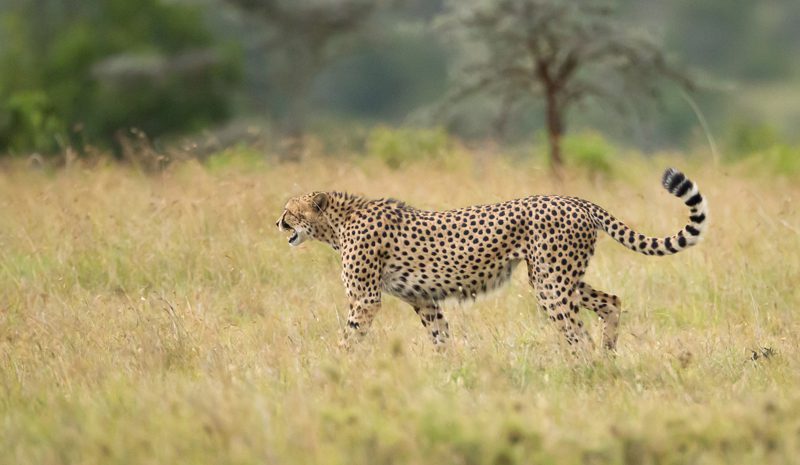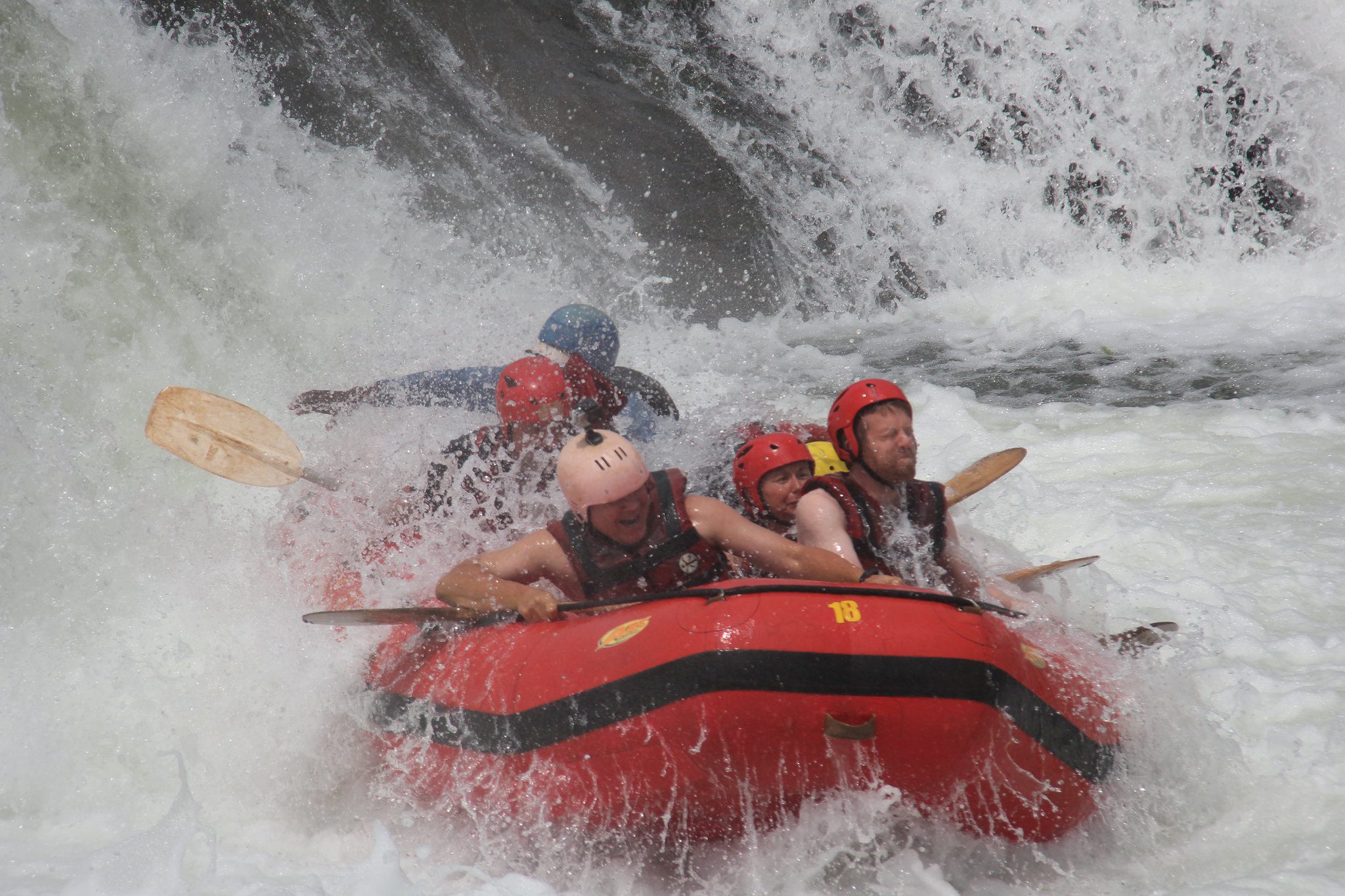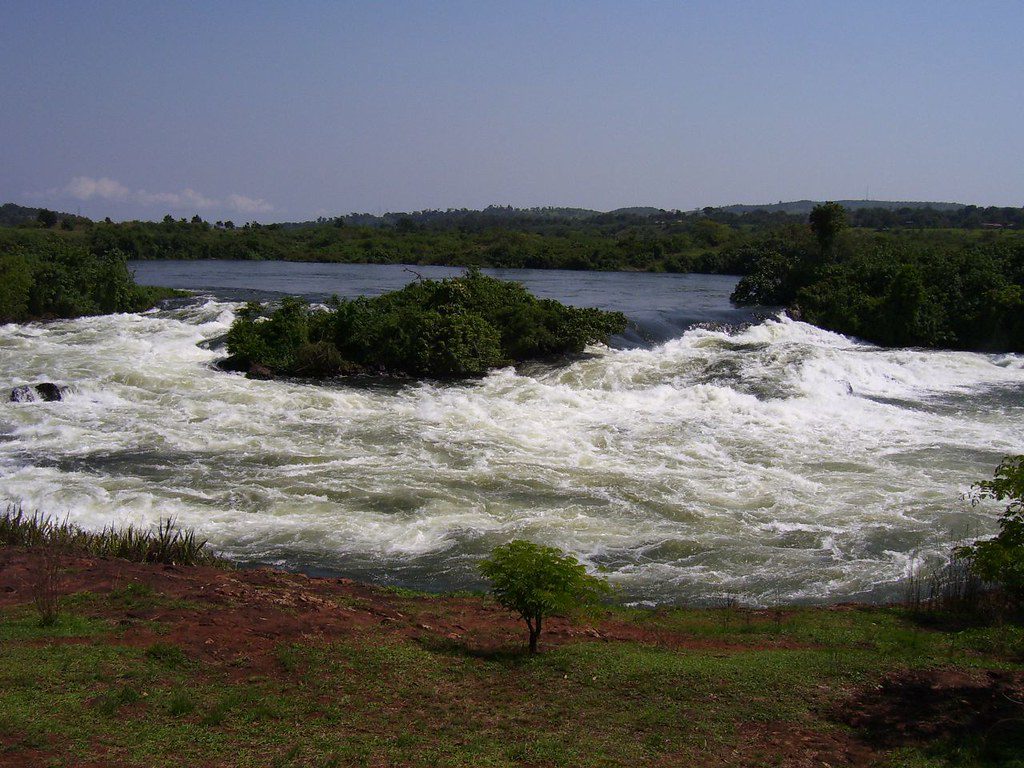A safari in Kenya is a voyage into the heart of Africa’s untamed wilderness, an enthralling expedition that promises magnificent encounters with some of the world’s most renowned creatures. Kenya is a prime location for anyone looking for an authentic and adventurous safari journey, thanks to its different ecosystems, breathtaking landscapes, and abundant wildlife.
The Unique Appeal of Kenya Safari
- Maasai Mara National Reserve: One of Kenya’s crown jewels, the Maasai Mara, is a sprawling savannah teeming with wildlife. Known for its annual wildebeest migration, where millions of these creatures cross crocodile-infested rivers, the Mara is a sight to behold. Visitors can witness dramatic predator-prey interactions, including lion hunts and cheetah chases, as well as see herds of elephants, giraffes, and zebras roaming freely.
- Amboseli National Park: If you’ve ever dreamt of getting up close and personal with free-roaming elephants against the backdrop of Mount Kilimanjaro, Amboseli National Park is the place to be. Its vast swamps and plains create an ideal setting for observing elephants, lions, buffalo, and a multitude of bird species.
- Great Rift Valley Lakes: The Great Rift Valley in Kenya is home to several stunning lakes, including Lake Nakuru and Lake Naivasha. These alkaline lakes attract millions of flamingos, creating surreal, pink-hued landscapes. Lake Nakuru is also known for its rhino sanctuary, offering an opportunity to see both black and white rhinos in their natural habitat.
- Samburu National Reserve: For a unique safari experience, head to Samburu National Reserve in northern Kenya. This arid landscape is home to species rarely found elsewhere, such as the reticulated giraffe, Grevy’s zebra, and Somali ostrich. The Ewaso Ng’iro River is a lifeline for the park’s inhabitants, attracting elephants, lions, and leopards.
- Cultural Encounters: A Kenya safari is not just about wildlife; it’s also an opportunity to connect with the vibrant culture of the Maasai people. Visitors can engage in cultural visits to Maasai villages, learning about their traditions, rituals, and way of life. Witnessing traditional dances and purchasing authentic Maasai crafts add depth to the safari experience.
Planning Your Kenya Safari
- Best Time to Visit: The dry season, from June to October, is generally considered the best time for safaris in Kenya. Wildlife is easier to spot during this period as animals gather around water sources. The wildebeest migration typically occurs in July and August in the Maasai Mara.
- Accommodation: Kenya offers a range of accommodation options, from luxury lodges and tented camps to budget-friendly options. Staying in a safari lodge provides comfort while allowing you to immerse yourself in the natural surroundings.
- Guided Tours: Consider booking a guided safari tour with experienced rangers who have extensive knowledge of the local wildlife and ecosystems. They can help you make the most of your safari experience and ensure your safety.
In Conclusion, A Kenya safari is a soul-stirring trip that provides a profound connection with nature as well as the opportunity to observe the beauty and drama of the African bush. Kenya’s varied landscapes and rich animals guarantee unique encounters that will stay with you forever, whether you’re a seasoned traveller or going on your first safari. It’s a trip of discovery in which Africa’s wild heart pulses in time with the pulse of your own adventure-seeking spirit.



